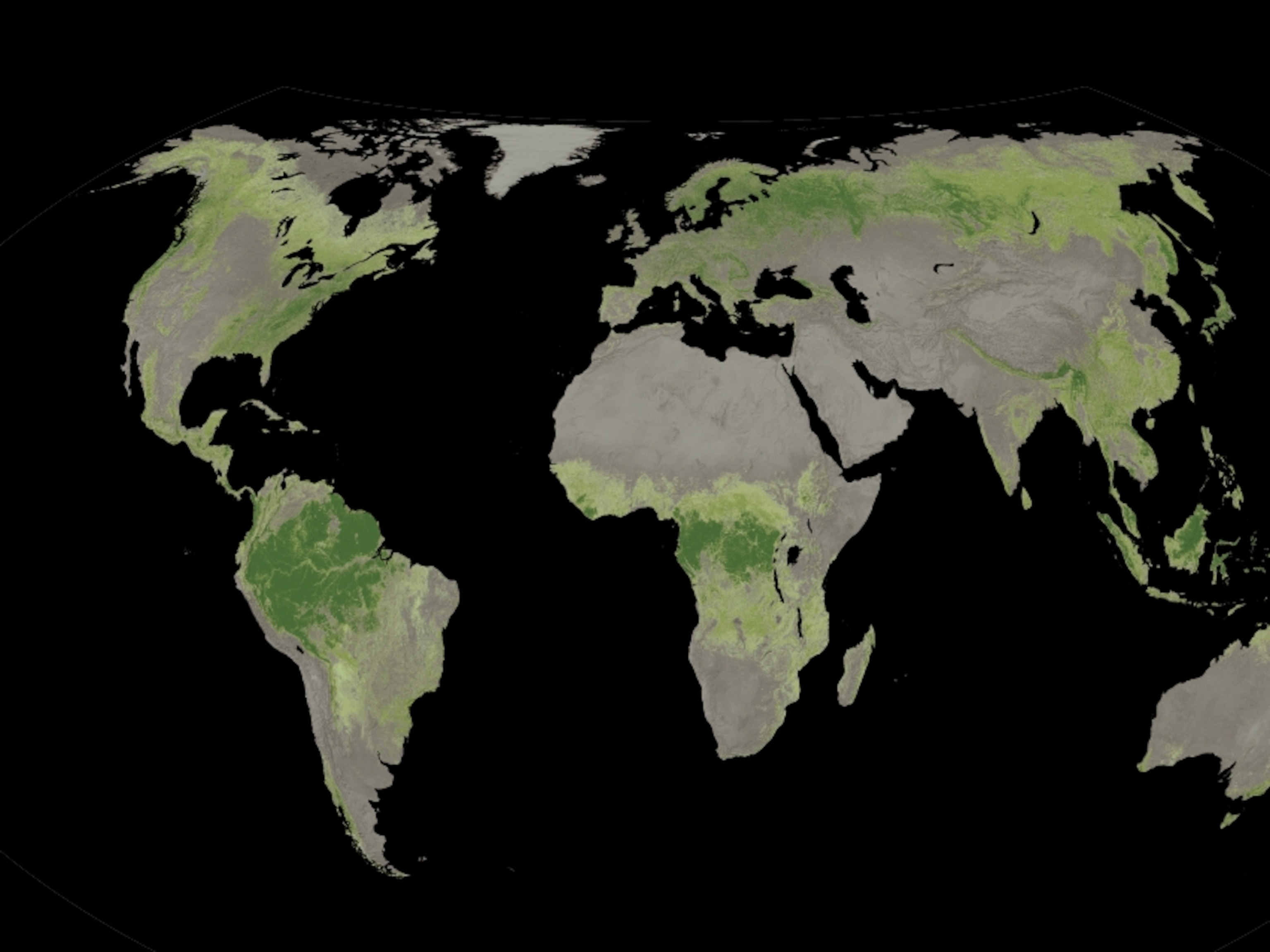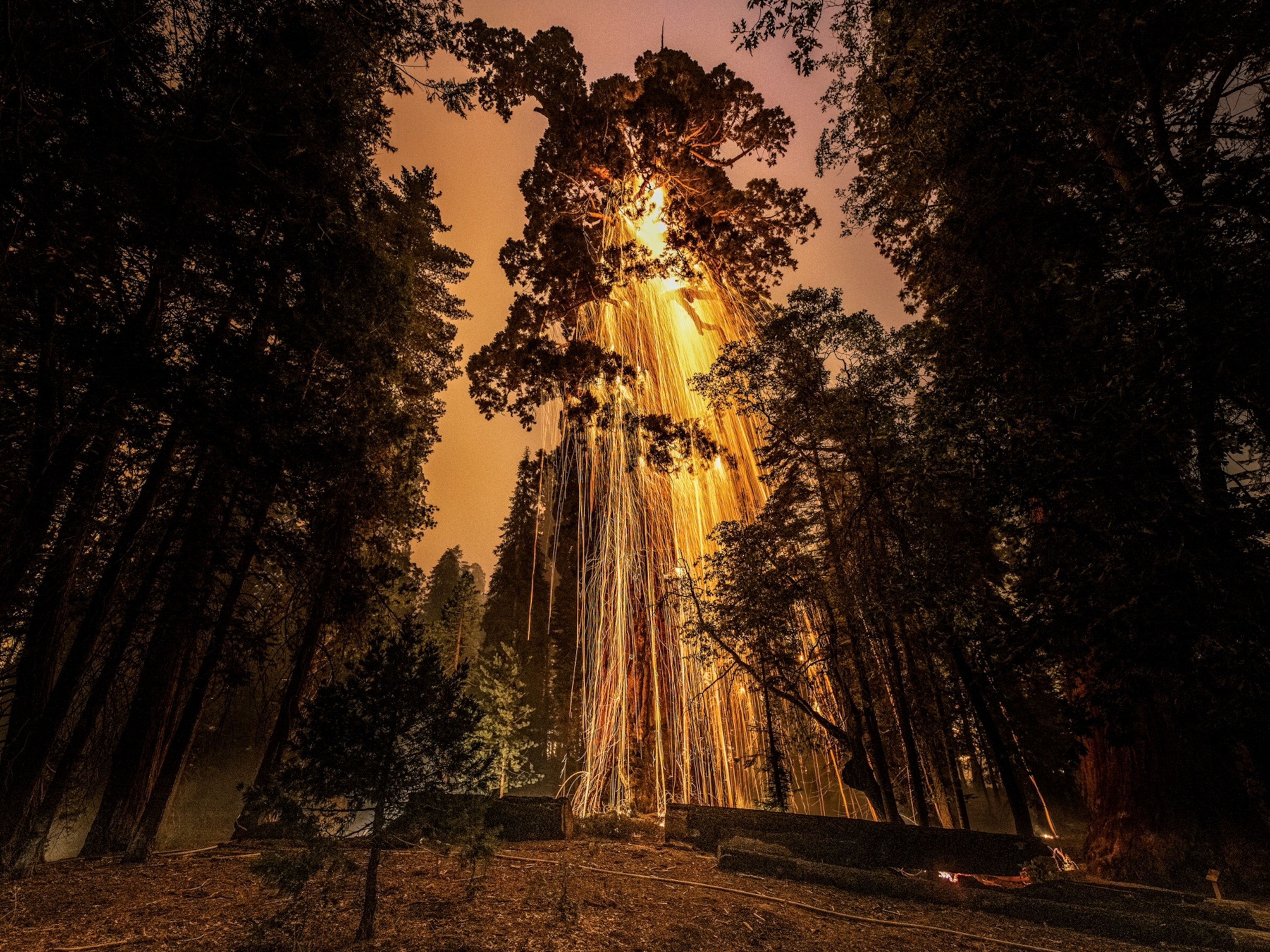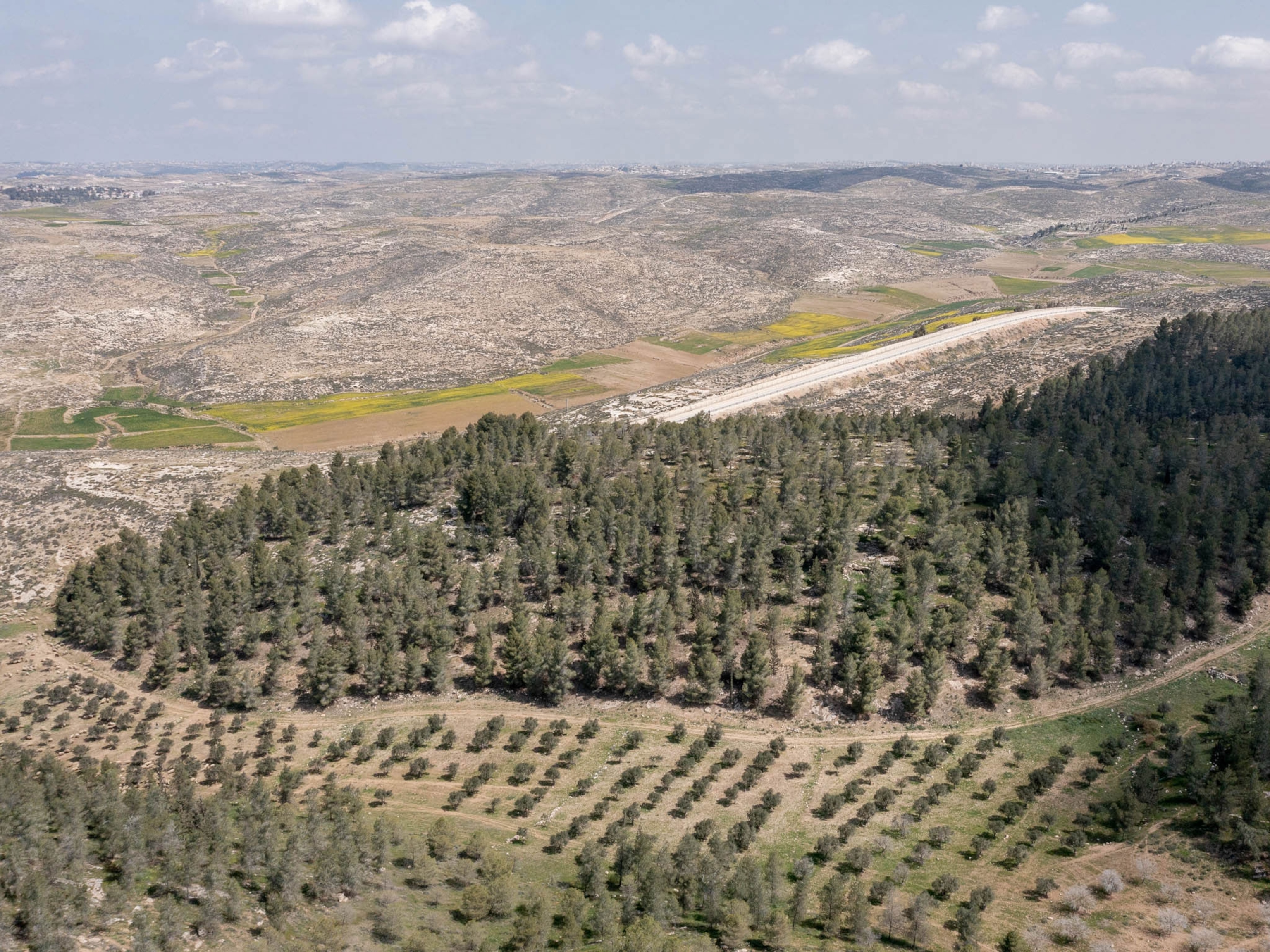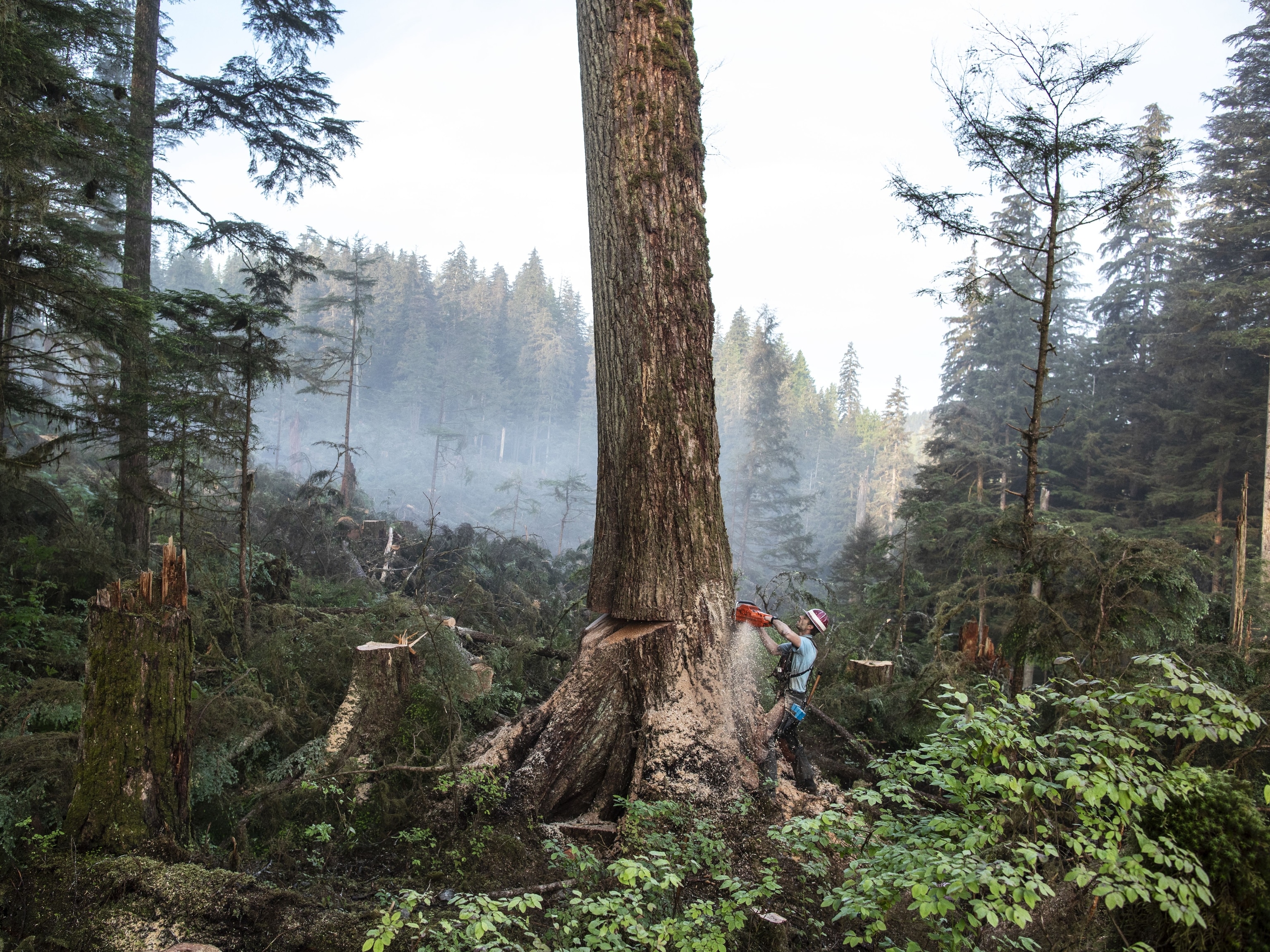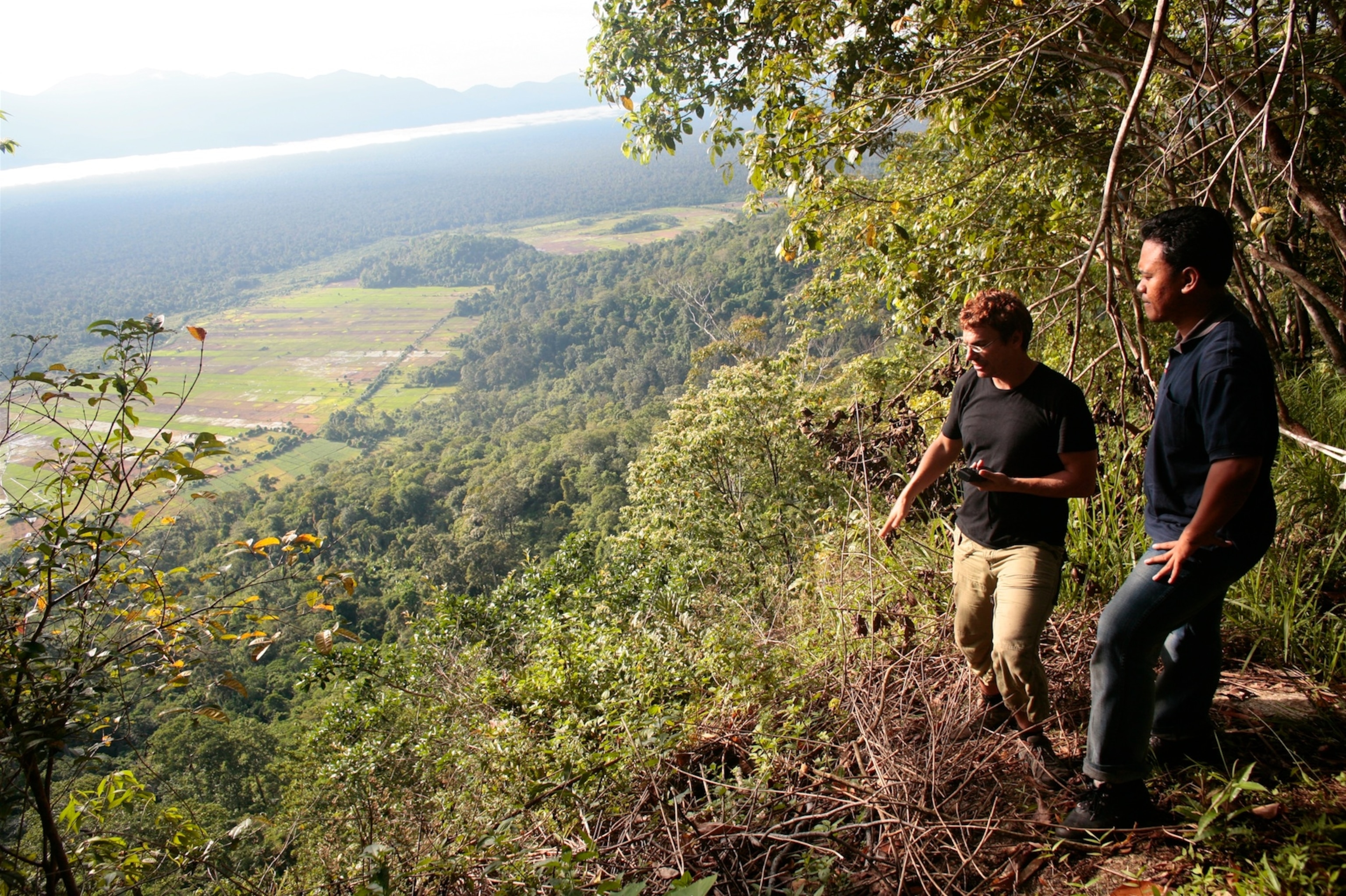
Protecting Forests Is a Global Issue and a Local Challenge
By Paul Conway, Cargill
As world leaders prepare to meet in New York this month for the United Nations General Assembly, they’ll have a whole host of issues on the table with the Sustainable Development Goals, a series of 17 broad goals aimed at tackling some of the biggest challenges facing the world today—including hunger, gender equality, water, climate change, ecosystems and more. Woven into the goals are measures to promote sustainable economic growth and also maintain sustainable ecosystems to prevent forest loss.
Taken together, the goals point to a basic truth: that agriculture and natural habitats are linked. And the global issue of deforestation, in particular, is at the intersection of healthy agricultural systems, healthy ecosystems and healthy communities.
Flashback to the UN gathering at this time last year, and deforestation took center stage: Cargill was among a group of more than 40 companies, 30 governments and dozens of civil society groups joined together to sign The New York Declaration on Forests—an agreement to halve deforestation by 2020 and end it by 2030.
It was an important step in curbing the rate of deforestation worldwide. A recent study published in the science journal Nature estimates that there are more than 3 trillion trees on the planet today—much higher than previous estimates. But the study also estimates that about 15 billion trees are cut down each year. That leaves a lot of room for improvement.
Despite the global consensus that something has to be done, there’s no silver bullet. Deforestation is a global issue, but a local challenge. What works in one part of the globe doesn’t necessarily work somewhere else. In Brazil, for example, a voluntary moratorium on sourcing soy from newly deforested land has contributed to an 80% reduction in the rate of deforestation in the Amazon. It was a unique example of economic progress and environmental stewardship working together.
For a company like Cargill, which has been working to curb deforestation in vulnerable areas for more than a decade, a few lessons stand out:
— Farmers and consumers are key to the discussion. Food is a deeply personal issue for everyone—for the farmers who take pride in the products they grow, and for consumers who have a right to know how the food they feed their families is grown.
— Market forces can help promote sustainable development. Not everyone might agree, but sound economic policy and pricing mechanisms can encourage agricultural practices that foster forest conservation.
— Innovation can help us produce more with less, reducing our impact on the environment. For example, ongoing innovation in corn has increased average U.S. yields per acre roughly six-fold over the past century. That’s six times more food from the same land.
— The world needs solutions that are scalable. The UN estimates that our global population will grow from just over 7 billion today to more than 9 billion by 2050—we need to anticipate for the needs of the future, not just the demands of today. Sustainable intensification—increasing food production on existing farmland while minimizing pressure on the environment—will be critical.
The upshot is that efforts to fight deforestation are gaining momentum. Though there’s still a long way to go to reach the goal of zero forest loss, there also is cause for optimism. While deforestation rightly remains a topic of discussion among global organizations, action at the local level involving farmers, government, business, advocacy organizations and consumers is shaping solutions as diverse as the landscapes they protect. We all rely on the agricultural and forest ecosystems that surround us—and it’s up to us to sustain them in order to feed the world while protecting the planet.
Paul Conway is vice chairman at Cargill.
This content is provided by a sponsor. It was not written by our editorial staff, nor does it necessarily reflect the editorial views of National Geographic.


